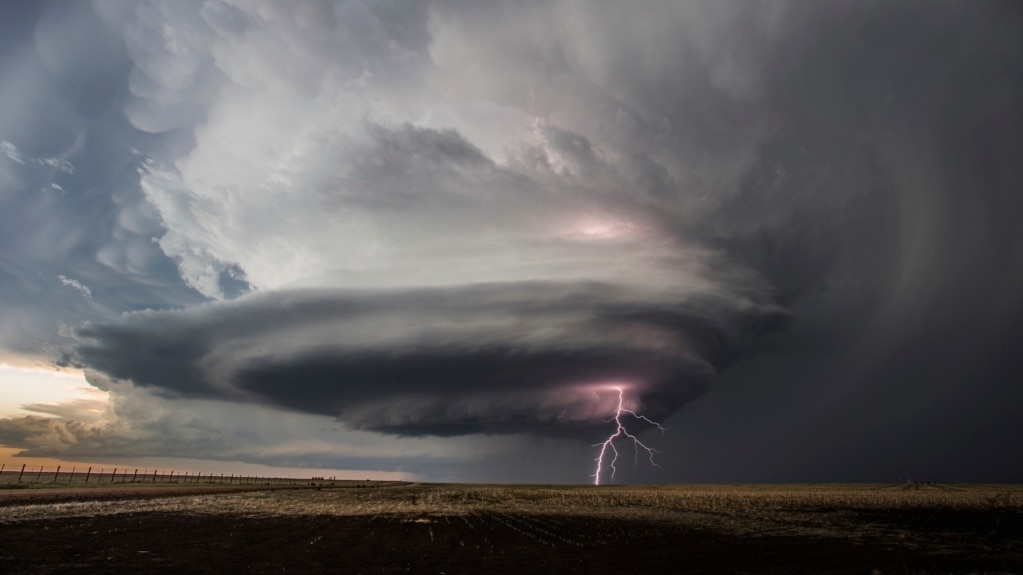A new study predicts continued warming will lead to more intense and deadlier storms hitting parts of the United States.
Scientists say higher temperatures are expected to cause an increase in so-called “supercell” storms. Weather scientists say supercells can bring high winds, heavy rain, hail and tornadoes.
The new study was recently published in the Bulletin of the American Meteorological Society. It predicted a nationwide increase of 6.6 percent in the number of supercells by 2100. The study said there could be a 25.8 percent increase in areas affected by supercells as well as in the amount of time the storms last.
The study’s writers say some areas of the U.S. South can expect more intense storms. Rolling Fork, Mississippi, was hit by a powerful and deadly tornado recently. Storms that hit areas of Mississippi and Alabama since March 24 killed at least 21 people.
The new study projected that the American South would get at least one supercell per year by the year 2100.
Here are some examples of past supercell events. A 2013 tornado killed 51 people in Moore, Oklahoma. In 2011, a tornado in Joplin, Missouri, killed 161 people. And in the same year, tornadoes killed more than 320 people in Alabama, Mississippi, Tennessee and other parts of the South.
The study used computer simulations. A computer used a model to predict what will happen 73 years from now with different levels of carbon dioxide in the atmosphere.
Walker Ashley is a professor of disaster geography at Northern Illinois University. He told The Associated Press that people are already living with more serious storms.
“The data that I’ve seen has persuaded me that we are in this experiment and living it right now,” Ashley said. “What we’re seeing in the longer term is actually occurring right now.”
Ashley and others said that while the Mississippi tornado fits the projections, it was just a single weather event. This is different from making climate predictions over many years covering large areas.
Past studies have not been able to predict supercells and tornadoes in future climate simulations because they are small weather events.
The study identified large changes in where and when the storms hit. The researchers said more intense storms are to be expected in the eastern United States.
If warming is more moderate, the study predicts parts of eastern Mississippi and eastern Oklahoma will get three more supercells every two years. In addition, eastern Texas, Arkansas, Louisiana, Alabama, western Tennessee and eastern Georgia can expect to get one more supercell every other year.
If warming is serious, the study projects similar changes but with worsening supercells over eastern Oklahoma, Arkansas and southern Missouri.
Ashley said cities that should see more supercells as warming worsens include Dallas-Fort Worth, Texas; Little Rock, Arkansas; Memphis and Nashville, Tennessee; Tupelo and Jackson, Mississippi; and Birmingham, Alabama.
I’m Bryan Lynn.

